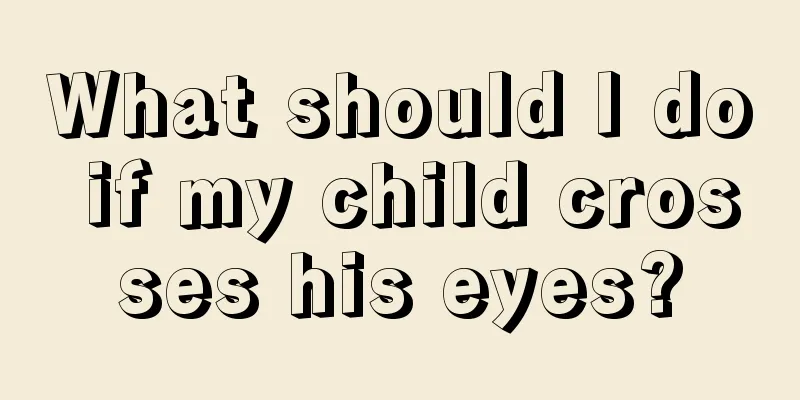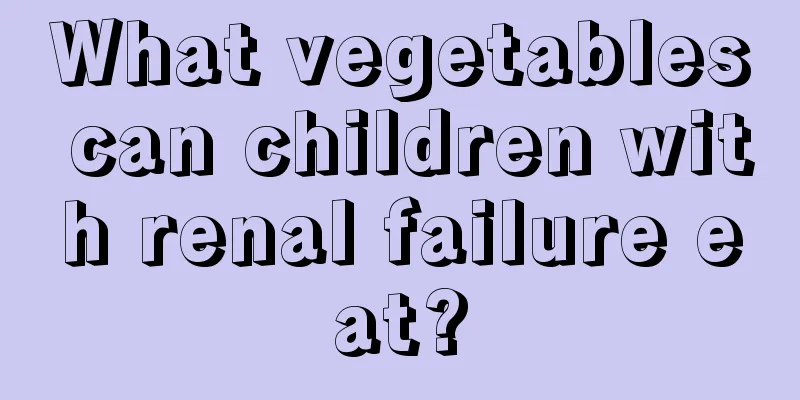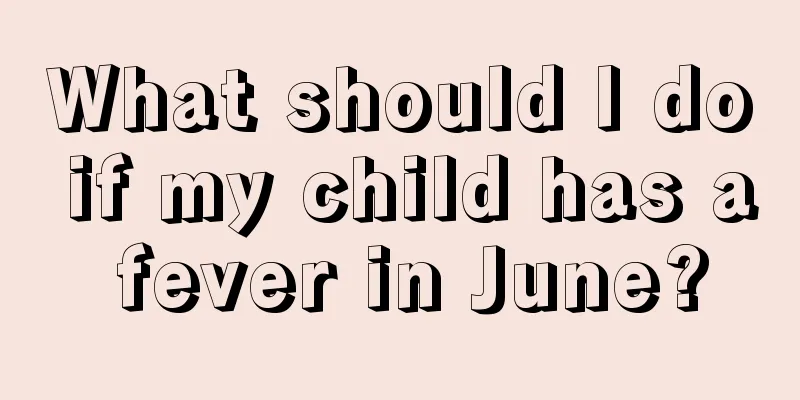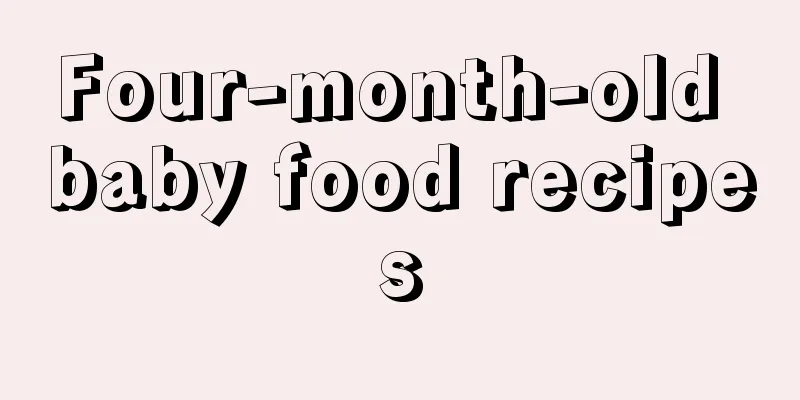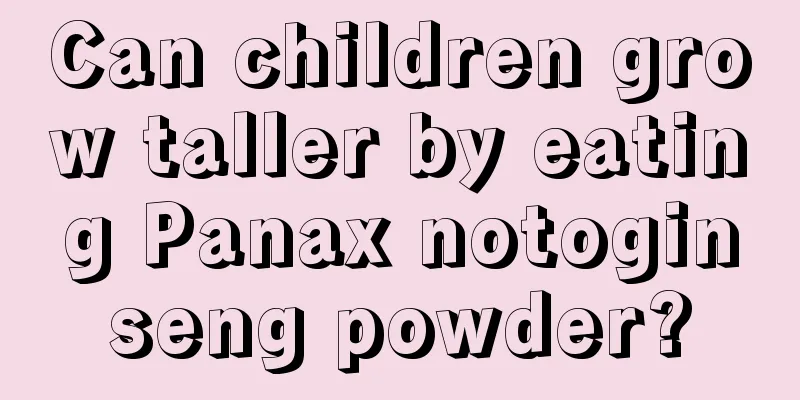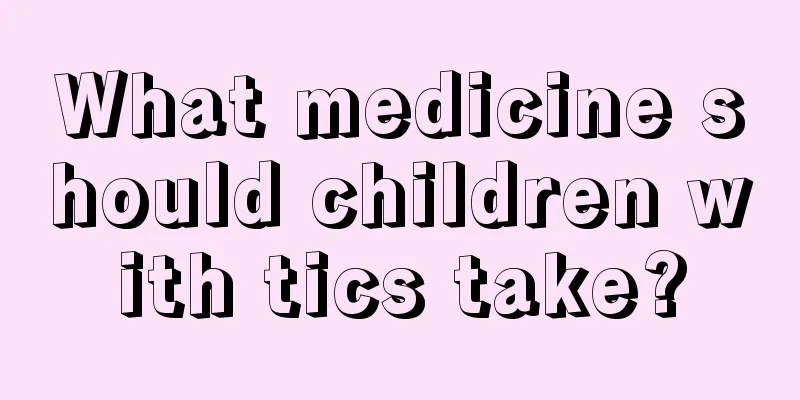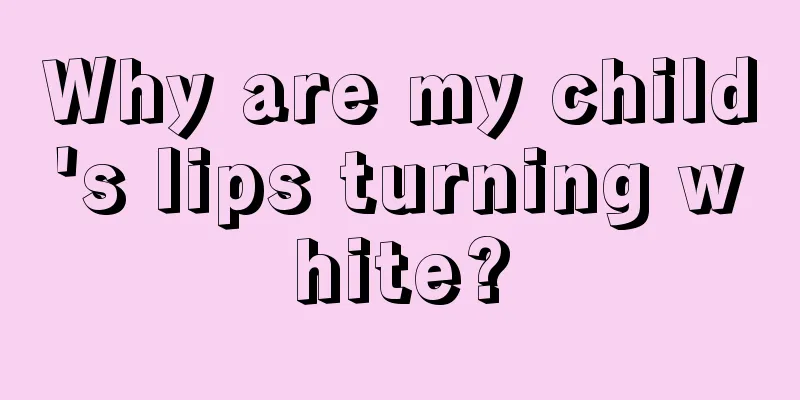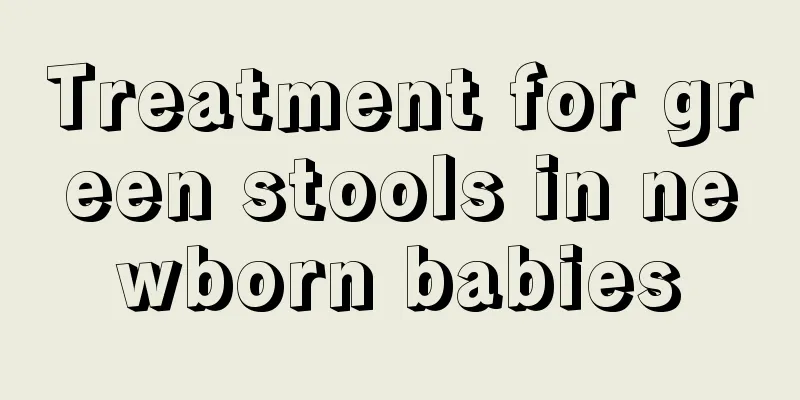What are the first aid methods for children with fever and convulsions?
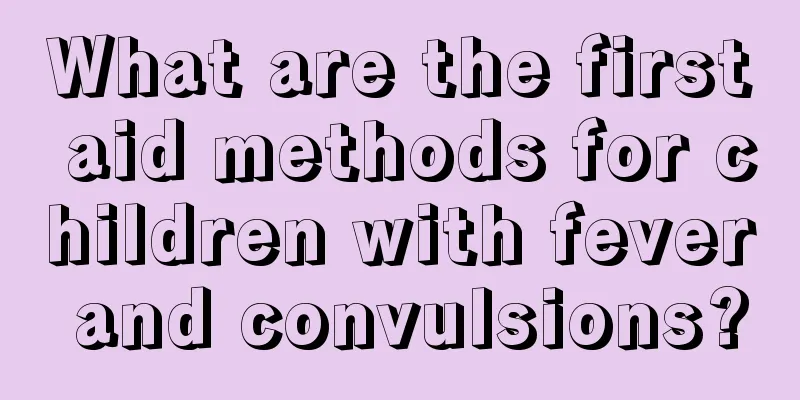
|
Fever itself is a common disease in life. As long as the fever can be reduced as soon as possible, it is generally harmless and will not hinder the child's development and growth. However, when the body temperature has not shown a downward trend and a persistent high fever occurs, the consequences are still very serious. It is very easy to have a high fever convulsion, leading to convulsions, and even endangering the safety of the child. So what are the first aid methods for children with fever and convulsions? 1. Lying on your side or with your head tilted to one side Immediately help the baby lie sideways on his stomach, with his head slightly tilted back and his chin slightly protruding forward, without a pillow; or remove the pillow and let the baby lie flat with his head tilted to one side. In this way, the root of the tongue will not block the airway and vomiting will not cause suffocation. Never give your baby medicine when he or she is having a seizure, otherwise there is a risk of aspiration pneumonia. 2. Keep the airway open Unbutton your collar, wrap a tongue depressor or chopsticks with soft cloth or handkerchief and place it between the upper and lower molars to prevent biting your tongue. At the same time, use a handkerchief or gauze to promptly clear the secretions from the baby's mouth and nose to keep the respiratory tract open. 3. Control convulsions Use your fingers to pinch and press the baby's Ren Zhong, Hegu, Neiguan and other acupoints for two or three minutes, and keep the surrounding environment quiet. Try to move the child as little as possible to reduce unnecessary stimulation. 4. Lower your body temperature Place cold towels on the baby's forehead, palms, and thighs, and change them frequently; keep the towel temperature not too high, or fill a hot water bottle with cold or ice water, wrap it with a towel and place it on the baby's pillow, neck, and thighs. If conditions permit, measure body temperature in time, which is very helpful for the diagnosis of the disease. 5. Seek medical attention promptly Even if the baby's convulsions have stopped after emergency treatment, you should go to the hospital to further find out the real cause of the convulsions. If the baby's convulsions last for more than 5 minutes and cannot be relieved, or if the convulsions occur repeatedly in a short period of time, it indicates that the condition is serious and the baby must be rushed to the hospital. During the medical consultation, keep your baby exposed and straighten his neck to keep his airway open. Do not wrap your baby too tightly as this may block the mouth and nose, causing airway obstruction or even suffocation and death. Through the above introduction, everyone knows the first aid methods for children with fever and convulsions. Family members need to stay with their children at all times and take emergency measures in case of emergencies. After the child's seizure stops, he or she should receive professional and systematic diagnosis and treatment. Do not delay, and do not give the child medication without authorization. |
<<: What should I do if my child has a fever, convulsions, and foaming at the mouth?
>>: What should I do if my child has a fever, convulsions and rolls his eyes?
Recommend
Causes and treatment of scoliosis in infants
If babies develop scoliosis, it is usually due to...
What causes convulsions?
Tourette syndrome is a chronic mental disorder th...
What medicine should children take for iron deficiency?
Iron is an essential trace element for the growth...
What should I do if my baby has a bacterial infection and fever?
In fact, taking care of a child is a very arduous...
What causes red spots in children's eyes?
Any problem of the child will concern the parents...
Standard sitting posture for primary school students to write
What is the correct writing posture for primary s...
Nursing methods for premature infants born at 33 weeks
The situation of premature babies born at 33 week...
What should I do if my baby catches a cold and has a runny nose? Parents need to understand these methods
Babies are very easy to catch cold, and the most ...
Why does my baby have a fever and his mouth is blistering?
Babies have very limited resistance and will be a...
What’s going on if my baby has white spots on his throat and a fever?
When many babies are very young, they may often g...
What are the symptoms of dysphagia in newborns?
Whether the baby has difficulty swallowing can be...
How long does it take to save a drowning child?
Summer is here and many children like to play in ...
Why does a six-year-old child sweat while sleeping at night?
When sleeping at night, you will sweat a lot for ...
How to treat thrush in children?
Oral thrush in children is a situation that many ...
Hand eczema in children
Hand eczema is actually not common, and its cause...
